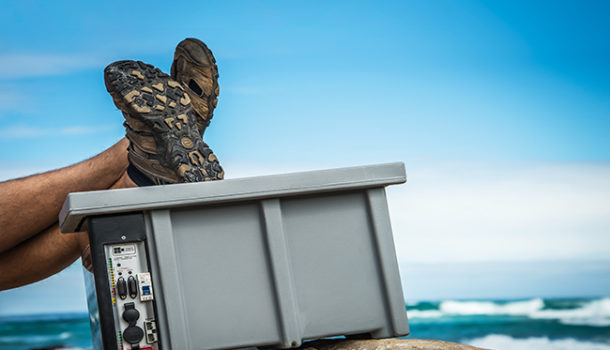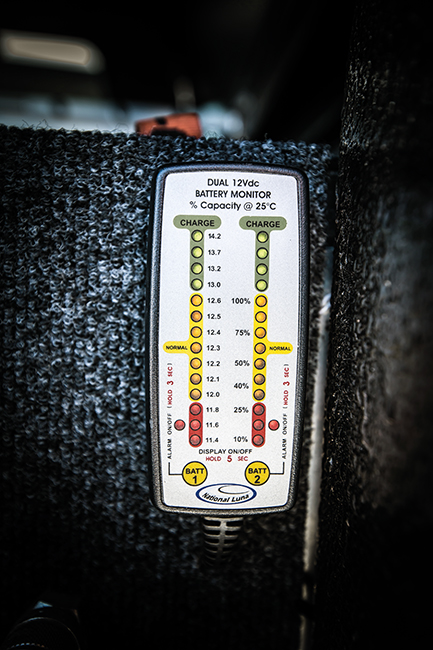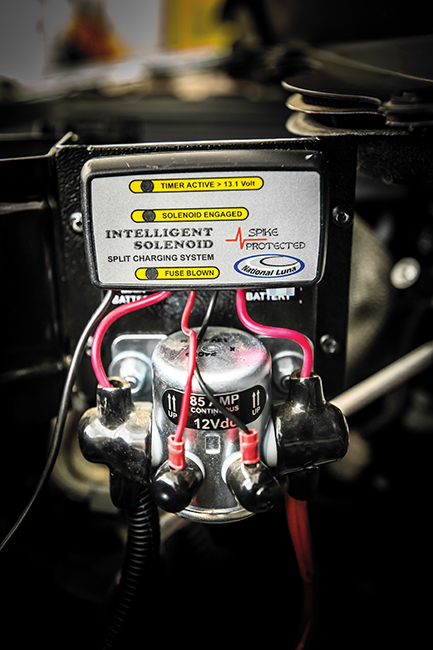When heading off-road or away from civilisation, is an on-board dual-battery system or a portable power pack the better option for your vehicle? National Luna sheds some light on the matter
Camping technology has evolved radically over the decades, but nothing has revolutionised our outdoor way of life like the portable fridge-freezer. The ability to keep our food cold for an indefinite period hasn’t only changed our camping experience, but has also given us the option of travelling further, for much longer.
With the introduction of the portable fridge-freezer, however, came the need for additional battery power. This big necessity opened the door to another form of camping technology, namely dual-battery systems.
Generally speaking, dual-battery systems come in two forms: on-board units (typically mounted within the vehicle’s engine bay) and those encased in a portable power pack. The problem lies in deciding which solution is best.
To be clear, there’s no right or wrong answer, as both systems have their pros and cons (as can be seen in the table on the next page).
The trick is to decide which auxiliary battery system best caters for your needs. Although the table may seem to favour the portable power pack, you need only run out of boot space to realise the value of an on-board dual-battery system.
Having said that, by far the two most significant features of these systems are mobility and space, respectively. What you need to decide is which aspect is more important to you.
There are various dual-battery systems available on the market, but, in National Luna’s case, we’ve opted for the reputable durability of using an intelligent solenoid system. In fact, 18 years ago, National Luna was one of the first companies to develop such a set-up.
This unit is made to be a compact, fully automated split-isolator system that then piggybacks off your vehicle’s main battery. In other words, the dual-battery isolator runs parallel to your vehicle’s original wiring and has no interference.
What’s more, the isolator is designed as a low-loss, high-current system that places particular emphasis on simplicity, rate of recharge and long-term reliability of the system.
Competing dual-battery systems that are more electronic savvy (such as intelligent DC-to-DC chargers) often cost three times the price. Even more important is that, while these intelligent chargers are great at extending battery life (due to their trickle-charge feature), in a real-life scenario they will usually recharge your battery at a much slower rate, in some cases requiring up to 48 hours to replenish a deep-cycle battery. In comparison, a high-current solenoid system (when paired with the right type of battery) can recharge to full battery power within six hours or less.
ON-BOARD SYSTEM
- Save boot space
- Automatically charged and maintained at all times
- Price
- Simplicity and rugged build quality
- Sold with vehicle
- Engine bay heat and diminished battery life
PORTABLE POWER PACK
- Mobility around camp
- Household use during load shedding or black outs
- Ease of installation
- Mobility with solar panel
- Can be used as a mobile jump-start pack
- Easily removed when a vehicle is sold
- Can be lent to a friend
- Theft – can be stolen from a vehicle
- Requires maintenance charge when not connected
For more overland solutions or dual-battery advice, call 011 452 5438 or visit www.nationalluna.com.
Prices were correct at the time of going to print
Photography Presented by DLM (info@driveline.media)
(This article was first published in the summer 2015/16 issue of AA traveller magazine)






